10 Factors Affecting Oil Prices in 2018
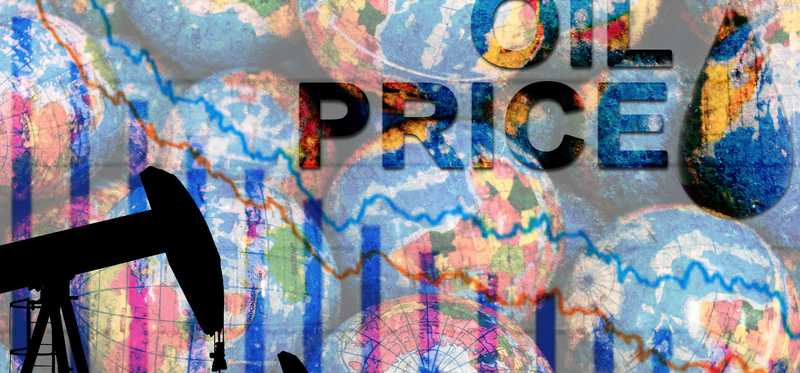
10 Factors Affecting Oil Prices in 2018
Will 2018 bring stability?
2017 was another volatile year for oil. While crude started in the mid-$50s, it plunged into the low-$40s by mid-summer before recovering into the $60s by year-end. This year, however, has been tamer through the first couple of months, with crude averaging more than $60 a barrel thanks to relatively stable market conditions because several factors are currently working in harmony to keep it at that level. However, volatility could quickly return to the oil market if any of these factors change or others get thrown into the mix. Here are 10 things that are either currently influencing, or could be set to influence oil prices this year.
Previous
Next

1. OPEC is currently providing support to the oil market
In November of 2016, the 14 members of OPEC agreed to hold back a portion of their oil production for the first time since the financial crisis, agreeing to drop their output to 32.5 million barrels per (BPD) day for the first six months of 2017, down from 33.8 million BPD at the time. A few days later several non-member nations led by Russia agreed to join that pact and hold back more than 550,000 BPD in the first globally coordinated effort to cut production since 2001. Those partners would go on to extend their agreement twice, with the latest one going through the end of this year. If support for this agreement begins to waver, oil prices could fall, while another extension into 2019 could push crude even higher.
Previous
Next

2. Inventories are finally close to getting back to normal
The OPEC-led coalition's goal is to drain off the excess oil that has been languishing in storage complexes around the world as a result of years of overproducing. The production curbs have already helped drain more than 150 million barrels out of the global stockpile in the past year according to the International Energy Agency (IEA). However, inventories ended 2017 more than 50 million barrels above the five-year average. If OPEC can get that number down further, it would help push crude prices higher, while an unexpected rise in inventories could cause oil prices to sell off.
Previous
Next

3. Supplies are still growing
OPEC has done an excellent job keeping a lid on its production, which averaged 32.2 million BPD in January. That was flat with December and represented 137% compliance with the production reduction agreement. Meanwhile, non-members participating in that agreement achieved 85% of their pledged cuts in January. That said, countries not participating in that coordinated effort continued growing output, which pushed non-OPEC production up to 58.6 million BPD in January and was 1.3 million BPD higher than it was in the year-ago period. If that number rises too fast, it could put downward pressure on crude prices.
Previous
Next
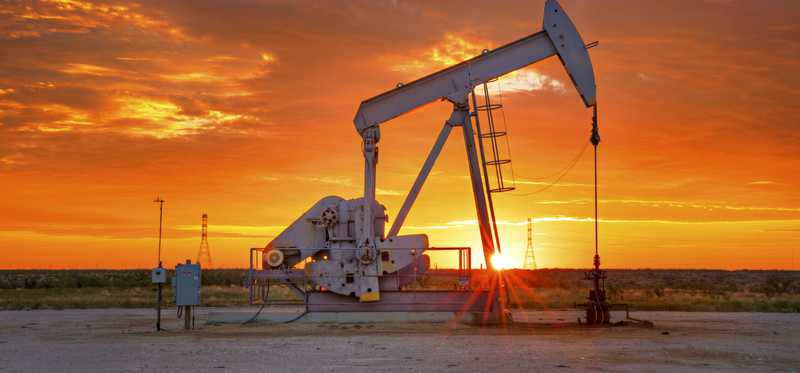
4. U.S. production is on a record-setting pace
The main driver of global oil supply growth in the past year has been the U.S., which increased output by 1.3 million BPD last year to an average of 9.3 million BPD according to the U.S. Energy Information Administration (EIA). Meanwhile, the most recent short-term energy outlook (STEO) from the EIA has oil output in the U.S. on pace to rise to an average of 10.7 million BPD this year, which would surpass the nation’s previous peak set in 1970 when output averaged 9.6 million BPD. Further, the EIA sees production topping the 11 million BPD mark next year, likely pushing the country past Russia as the world’s largest producer. That said, the EIA puts out a new STEO each month, which could impact oil prices if it significantly revises its forecast.
ALSO READ: Will Plunging Oil Prices Bring Relief for Airlines?
Previous
Next
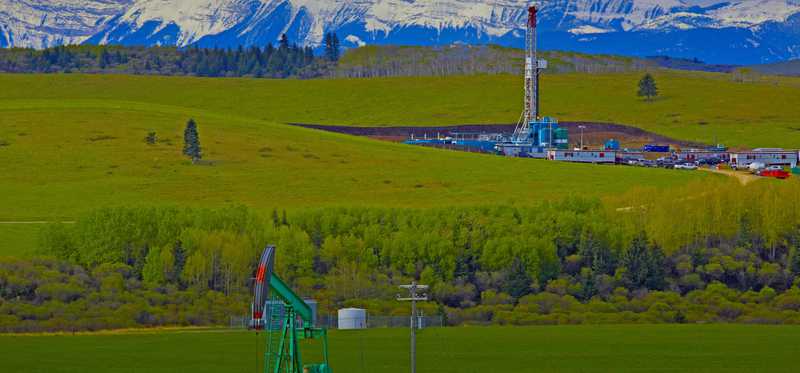
5. The rig count report is one to watch
Every Friday afternoon oilfield service giant Baker Hughes (NYSE: BHGE) releases its a rig count report. One of the most-watched numbers is the oil rig count in the U.S. because it foreshadows production changes in the coming months based on the trend in the number of rigs working each week. That's why future rig count reports from Baker Hughes could move oil prices if they show a big change in the number of rigs operating in the country.
Previous
Next
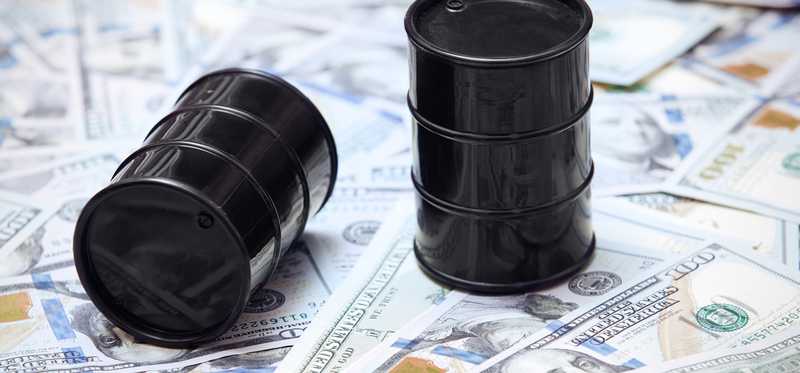
6. The capital allocation has started shifting
While production in the U.S. is on the rise thanks to higher oil prices, it’s not growing as fast as it could. “Last year, it was drill, baby, drill,” according to John Hess, the CEO of Hess (NYSE: HES), but in 2018, investors are telling oil companies to “show me the money.” This sentiment change has producers allocating less money to drill additional wells than they could. Instead, they're opting to send more cash back to investors via higher dividends and stock buybacks. Hess, for example, announced plans to keep capital spending flat with 2017 at $2.1 billion, so it can spend $500 million to repurchase shares. It’s one of several oil companies to announce a big increase in cash returns to investors this year. If that trend continues, production in the U.S. might not grow as fast as some anticipate.
Previous
Next

7. Few presidents have moved markets like Donald Trump
Earlier this year analysts at Citigroup put out a report on several wildcards that could send crude towards $80 a barrel this year. One of them was President Trump, whom Citi thinks could have a big impact on oil prices. For example, he could impose new sanctions on Iran, which the bank thinks could take 500,000 BPD of oil off the market, immediately adding $5 per barrel to the price of crude. Iran, meanwhile, could respond by potentially shutting off the Straits of Hormuz and the 17 million barrels of oil that flow out of the Persian Gulf each day. In another Trump-inspired catalyst, Citi said that an escalation in tension between North Korea could cause countries to begin stockpiling oil just in case war breaks out.
Previous
Next
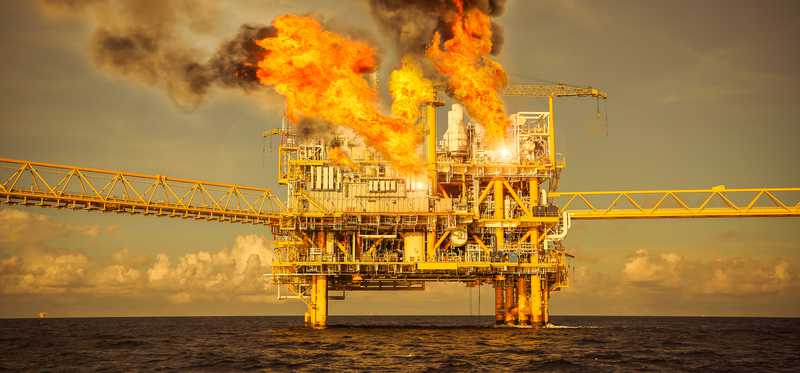
8. Wars and rumors of war
Armed conflicts unrelated to President Trump could also have a big impact on oil prices. Crude production in Libya and Nigeria have fluctuated wildly in recent years due to violent flare-ups in those countries. Meanwhile, a terrorist attack on a major oil export pipeline or terminal could slow the flow of oil and cause prices to jump. Likewise, a military coup in a major oil producing nation has the potential to move the oil market.
ALSO READ: 5 Scenarios That Could Push Oil Prices Back to $100
Previous
Next

9. Natural disasters can make huge waves in the oil market
In early 2016, wildfires ravaged western Canada’s oil sands region, causing producers to shut down their facilities as a precaution, which took more than 1.1 million BPD offline at the peak. While this disruption had a minor impact on oil prices at the time because of the elevated level of crude sitting in storage, a similar event in 2018 could cause crude prices to rise sharply. We caught a glimpse of that potential when Hurricane Harvey inundated south Texas with rain last year, creating a significant dislocation in the U.S. oil market, causing crude to rise nearly 3% in its wake.
Previous
Next

10. Don't forget about demand
While supply-related factors have a significant impact on oil prices, demand also plays an important role in determining the price of oil. In fact, the main reason crude prices started plunging in 2014 was that demand growth slowed at a “remarkable” pace to just 500,000 BPD due to economic weakness in Europe and China according to the IEA. However, it has picked back up in recent years and grew by 1.6 million BPD last year. While the IEA does expect demand growth to slow this year to 1.4 million BDP, that’s above its initial estimate of 1.3 million BPD due to optimistic economic growth. That said, if the estimate shifts dramatically, crude will likely follow.
Previous
Next

Oil might be calm now, but don't expect that to last
Oil prices are notoriously volatile and can move sharply if data on supply or demand changes unexpectedly. Likewise, unforeseen events can cause crude to make massive moves that often cause oil stocks to follow suit. That’s why investing in oil stocks isn’t for the faint of heart. However, for those interested in the adrenaline rush that comes from investing in oil stocks, here are three top options worth considering.
Matthew DiLallo has no position in any of the stocks mentioned. The Motley Fool has no position in any of the stocks mentioned. The Motley Fool has a disclosure policy.
Previous
Next
Invest Smarter with The Motley Fool
Join Over Half a Million Premium Members Receiving…
- New Stock Picks Each Month
- Detailed Analysis of Companies
- Model Portfolios
- Live Streaming During Market Hours
- And Much More
READ MORE
HOW THE MOTLEY FOOL CAN HELP YOU
-
Premium Investing Guidance
Market beating stocks from our award-winning service
-
The Daily Upside Newsletter
Investment news and high-quality insights delivered straight to your inbox
-
Get Started Investing
You can do it. Successful investing in just a few steps
-
Win at Retirement
Secrets and strategies for the post-work life you want.
-
Find a Broker
Find the right brokerage account for you.
-
Listen to our Podcasts
Hear our experts take on stocks, the market, and how to invest.
Premium Investing Services
Invest better with The Motley Fool. Get stock recommendations, portfolio guidance, and more from The Motley Fool's premium services.